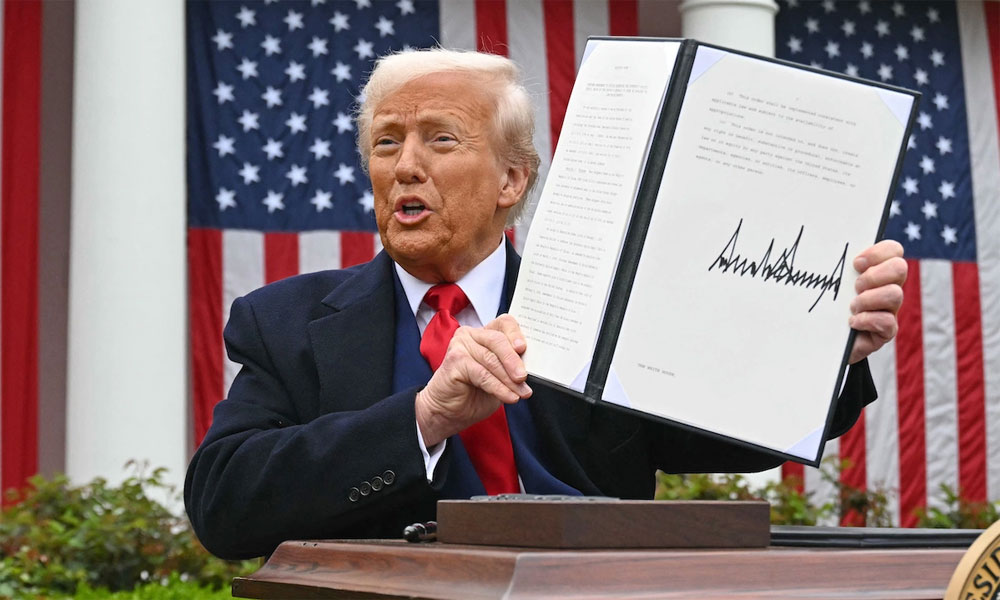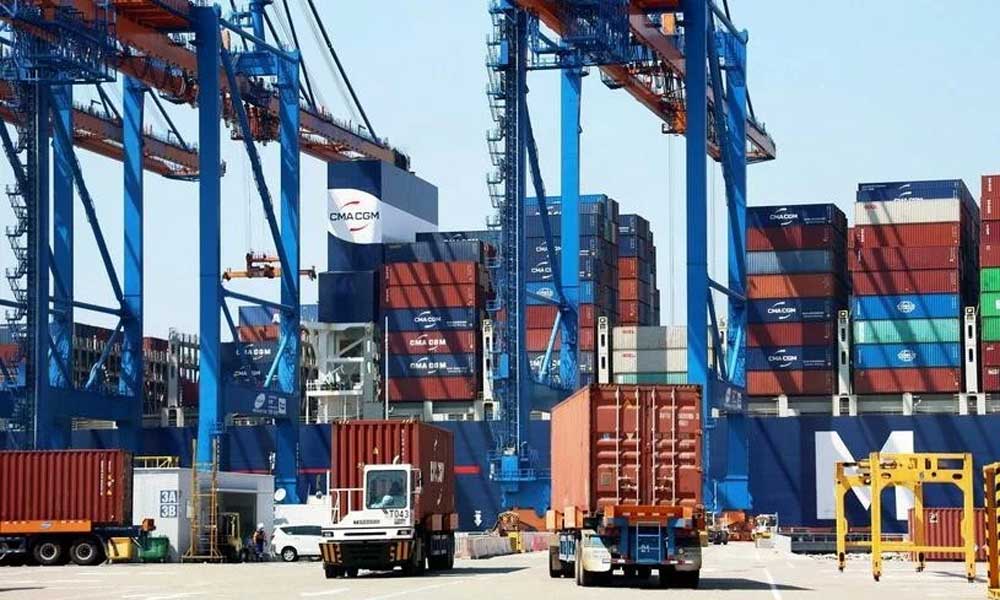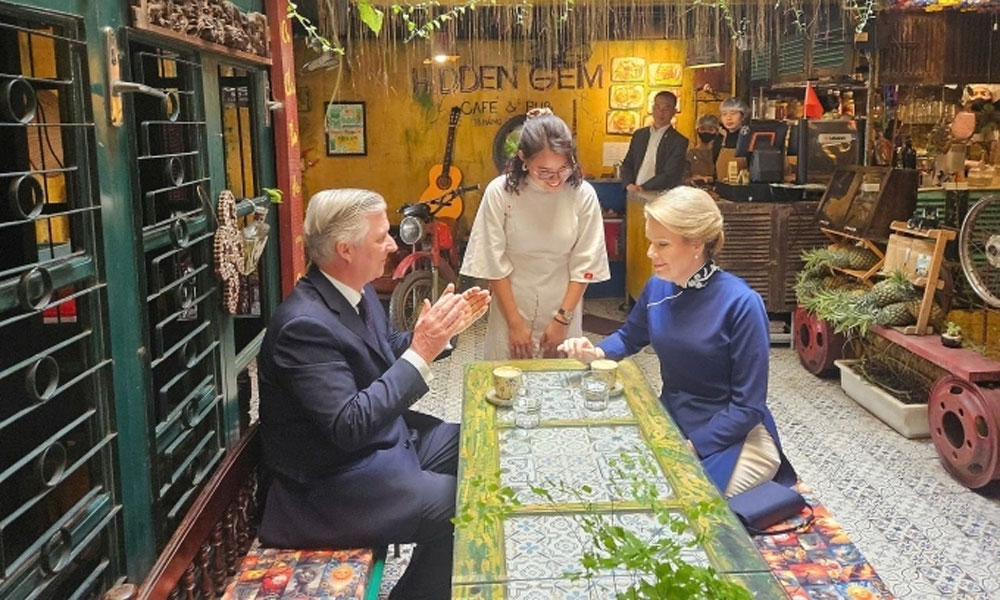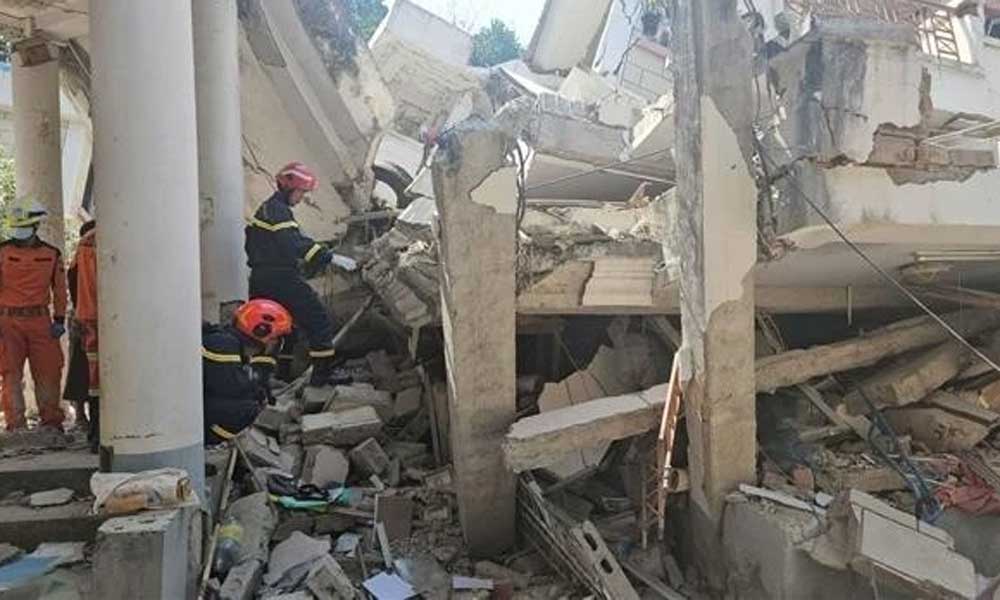5 things to know about Trump’s latest tariffs
U.S. President Donald Trump has declared a national economic emergency, introducing tariffs of at least 10% on imports from all nations, with steeper rates applied to 60 countries.
The announcement Thursday, which has rocked major stock markets, is expected to hit the global economy which has yet to recover from post-pandemic inflation and geopolitical tension.
Here are five things to understand about the tariffs.
 |
|
US President Donald Trump holds a signed executive order after delivering remarks on reciprocal tariffs during an event in the Rose Garden entitled "Make America Wealthy Again" at the White House in Washington, DC, on April 2, 2025. |
10% minimum
While all countries will be subject to a baseline tariff of 10%, individual nations – to which the U.S. has large trade deficits with – will face higher tariffs.
These countries include Cambodia (49%), Vietnam (46%), Thailand (36%), China (34%), and Japan (24%).
China’s reciprocal tariff rate will be levied on top of the 20% tariff Trump already imposed, resulting in a combined tariff rate of 54%, according to CNN. The U.S. last year imported $439 billion worth of goods from China, the second biggest import market behind Mexico.
The universal 10% rate will go into effect on April 5, while the customized rates will take effect on April 9.
The tariffs will remain in effect until such a time as Trump determines that the threat posed by the trade deficit and underlying nonreciprocal treatment is mitigated, the White House said.
Growth for America
Trump claims that the tariffs will drive economic growth for the U.S., arguing they could reduce the government's dependence on income taxes as its primary revenue source.
He has even suggested that tariff revenue might completely replace income taxes. However, most economists agree that tariffs are ultimately borne by the importing country, typically resulting in increased consumer prices based on historical evidence.
"It’s our declaration of economic independence," Trump said Wednesday. "Jobs and factories will come roaring back into our country, and you see it happening already."
Under the new global levies imposed by Trump, the U.S. tariff rate on all imports jumped from 2.5% last year to 22% – a rate last seen around 1910 – said Olu Sonola, head of U.S. economic research at Fitch Ratings, as reported by Reuters.
Some sectors excluded
Some goods will not be subject to the reciprocal tariff, including steel, aluminum, autos, semiconductors, and gold, according to a White House statement.
Many of these goods, however, are already subject to other tariffs. The auto tariffs of 25% that Trump announced last week were due to take effect at Thursday.
Canada and Mexico are not affected by the new levies as Trump has already punished the two US neighbors for what he says is their failure to crack down on trafficking of the drug fentanyl and illegal immigration.
How countries respond
Officials from several countries and analysts have alleged that the tariffs would lay even heavier burden on the global economy.
Australian Prime Minister Anthony Albanese on Thursday said the tariffs were "totally unwarranted".
Italian Prime Minister Giorgia Meloni, a close Trump ally, said the levies on the E.U. were "wrong" but pledged to work with Washington for a deal.
Britain escaped relatively lightly after a diplomatic offensive that included Prime Minister Keir Starmer turning up to the White House with an invitation from King Charles III for a state visit, but said it still wanted to "mitigate" the tariffs.
Canadian Prime Minister Mark Carney vowed to "fight" the existing levies on steel, aluminum and automobiles and to impose "countermeasures."
"Trump's tariffs carry the risk of destroying the global free trade order the U.S. itself has spear-headed since the Second World War," said Takahide Kiuchi, chief economist at Nomura Research Institute, according to Reuters.
Antonio Fatas, macroeconomist at the INSEAD business school in France, said: "I see it as a drift of the U.S. and global economy towards worse performance, more uncertainty and possibly heading towards something we could call a global recession."
White House ‘up for negotiation’
President Trump is willing to negotiate with countries concerning the tariffs, the White House said Wednesday, before the trade barriers were announced.
"The president has been looking at the very unfair trade practices of the past. Certainly, the president is always up to take a phone call, always up for a good negotiation," White House Press Secretary Karoline Leavitt told reporters, as reported by Fox Business.
"But he is very much focused on fixing the wrongs of the past and showing that American workers have a fair shake."
Some countries have called the President and his team in discussion about the tariffs, she added.
 Bắc giang
Bắc giang











Reader's comments (0)